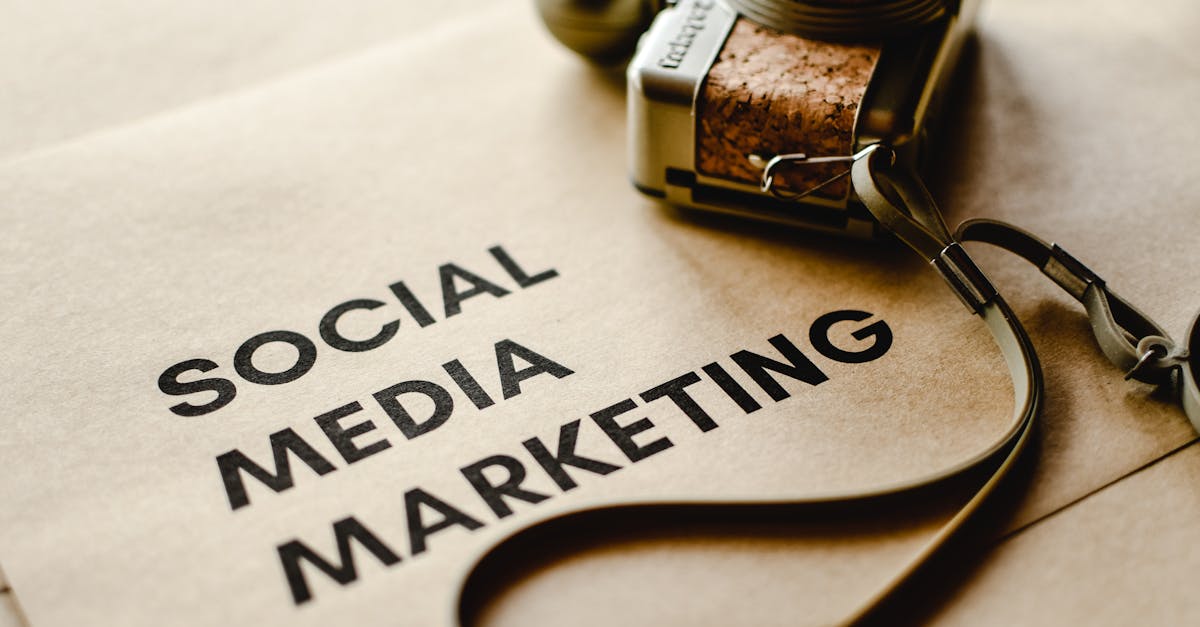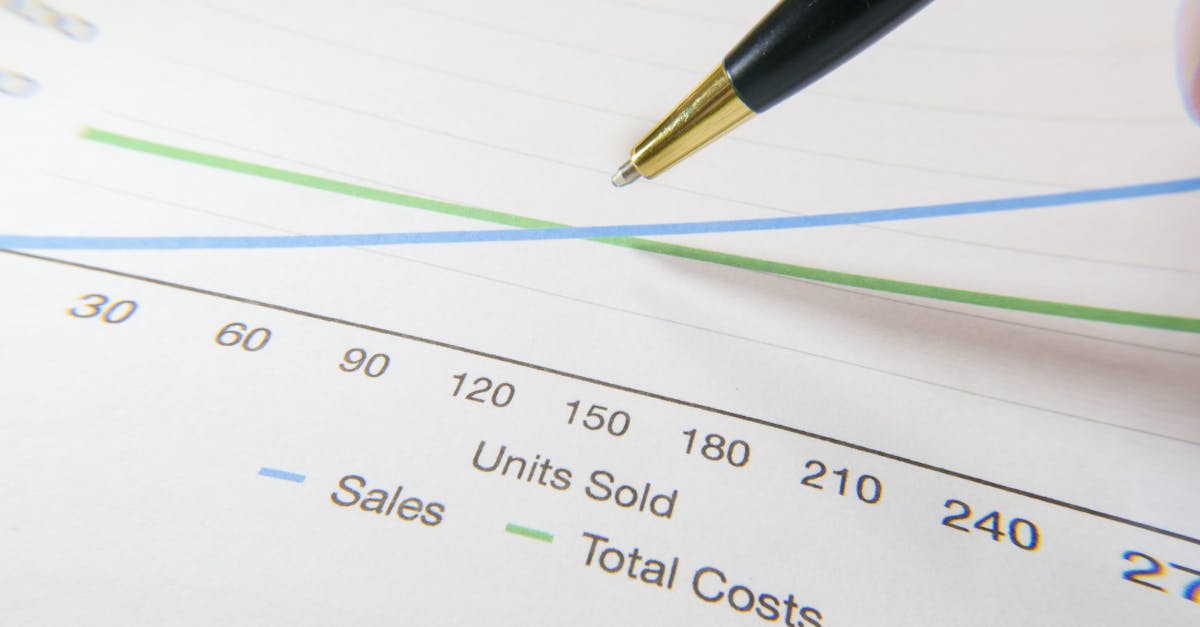Key Takeaways
- Business Process Automation (BPA) enhances efficiency in digital advertising by automating repetitive tasks like ad placement, budget management, and performance tracking.
- Automation improves accuracy and scalability, reducing human errors and allowing businesses to focus on creative strategies and data-driven decisions.
- Key benefits of BPA include cost reduction, better resource allocation, enhanced audience targeting, and personalized messaging for improved engagement rates.
- Popular tools for BPA in digital advertising include platforms like HubSpot, Google Ads Editor, Facebook Ads Manager, Supermetrics, Hootsuite, and Buffer for streamlined operations.
- Combining automation with human oversight ensures strategic decision-making, maintaining creativity while leveraging technology for efficiency.
- AI and machine learning are shaping the future of digital advertising, enabling real-time optimizations, predictive analytics, and personalized content creation at scale.
Digital advertising is evolving at lightning speed, and staying ahead means embracing smarter strategies. Studies show that businesses leveraging automation see up to a 20% increase in campaign efficiency. That’s where Business Process Automation (BPA) comes into play, transforming how we manage and optimize digital campaigns.
By automating repetitive tasks like ad placement, budget allocation, and performance tracking, BPA allows us to focus on creativity and strategy. It’s not just about saving time—it’s about unlocking new levels of precision and scalability in our marketing efforts. In today’s competitive landscape, adopting automation isn’t optional; it’s essential for growth.
Understanding BPA And Its Role In Digital Advertising
Business Process Automation (BPA) transforms digital advertising by streamlining repetitive tasks and optimizing workflows. This approach allows marketers to allocate more time to creative strategies and data-driven decisions.
What Is BPA?
BPA refers to the use of technology to automate routine, manual processes in business operations. It eliminates inefficiencies by replacing human intervention with automated systems. In digital advertising, BPA simplifies functions like ad placement, budget adjustments, and performance analysis.
For instance, automation tools can schedule ad campaigns across multiple platforms without requiring constant monitoring. By analyzing campaign performance in real-time, these tools adjust bids or reallocate budgets automatically based on predefined rules. This reduces errors and maximizes ROI.
Unlike traditional methods that rely heavily on manual input, BPA integrates seamlessly with advanced analytics software and AI systems for better accuracy. These integrations help businesses scale their marketing efforts efficiently while maintaining consistency across channels.
Core Functions Of BPA In Advertising Campaigns
- Ad Placement Automation: Automated systems handle posting ads on various platforms at optimal times based on audience behavior patterns.
- Performance Monitoring: Real-time tracking ensures campaigns meet KPIs without manual oversight.
- Budget Management: Automation adjusts spending dynamically to prioritize high-performing campaigns.
- A/B Testing Support: Systems automate testing different creatives or targeting options for improved engagement rates.
- Reporting Simplification: Tools generate detailed reports with actionable insights quickly.
These functions reduce time spent on repetitive tasks while improving precision in execution. With enhanced efficiency through BPA, teams focus more on strategy development for impactful advertising results.
Key Benefits Of Automating Digital Advertising Campaigns
Automation transforms digital advertising by saving time, eliminating errors, and improving campaign outcomes. Let's explore how automating campaigns benefits efficiency, cost management, and audience engagement.
Improved Efficiency And Accuracy
Automated tools handle repetitive tasks like social media scheduling, email campaign management, and data analysis. For example, instead of manually posting across platforms each day, automation tools schedule posts weeks in advance. This allows teams to focus on creative strategies rather than mundane chores.
AI-driven systems reduce human error during campaign setup and execution. Mistakes such as incorrect budget allocation or targeting are minimized when algorithms manage these processes. For instance, machine learning can optimize ad placements based on historical data without manual intervention.
Campaign setup becomes faster with automation by removing manual data entry steps. Teams can launch campaigns in hours rather than days using pre-configured templates or automated workflows. This increases speed while maintaining precision.
Cost Reduction And Resource Optimization
Automation reduces costs by cutting down the need for extensive manpower in routine operations. Tasks like performance tracking or A/B testing that previously required dedicated personnel are now handled efficiently by software.
Smarter budget allocation is another advantage of automation. Dynamic bidding strategies adjust spending automatically based on real-time performance metrics rather than static budgets set in advance—ensuring every dollar works harder for better results.
Resource optimization improves as team members spend more time on impactful tasks like customer engagement instead of spreadsheet updates or report generation. Automation tools free up valuable hours that directly contribute to business growth.
Enhanced Audience Targeting And Personalization
Automated systems analyze vast amounts of user data quickly to create detailed audience segments for targeted advertising efforts. Instead of broad campaigns reaching generic audiences, marketers deliver tailored messages to individuals based on behavior patterns and preferences.
Personalization scales effortlessly through automation technologies like programmatic advertising platforms which serve ads customized down to the individual level—for example showing sports gear ads only after detecting interest from a specific demographic group.
Implementing BPA In Digital Advertising
Harnessing Business Process Automation (BPA) can significantly improve digital advertising workflows. By automating repetitive tasks, we free up resources to focus on creative and strategic priorities.
Tools And Software For BPA
Various tools simplify automation in digital advertising. Platforms like HubSpot and Salesforce Marketing Cloud automate lead management, email campaigns, and customer engagement analysis. These tools streamline processes by integrating data from multiple sources into a single dashboard.
Ad management platforms such as Google Ads Editor or Facebook Ads Manager enable automated bidding, budget adjustments, and performance tracking based on predefined rules. They help optimize ad spend while maintaining consistent campaign results.
Reporting automation tools like Supermetrics aggregate campaign data across channels into organized reports without manual intervention. This reduces reporting time significantly and minimizes errors.
For those managing social media campaigns, scheduling tools like Hootsuite or Buffer automate post timing for maximum audience reach. These solutions enhance consistency in content delivery across platforms while allowing teams to track engagement metrics efficiently.
Steps To Automate Advertising Processes
- Identify Repetitive Tasks: List tasks that consume significant time but don’t require creative input, such as ad placement or performance monitoring.
- Choose Appropriate Tools: Select software tailored to your needs—social media schedulers for posts or dynamic budget managers for optimizing spend.
- Set Clear Objectives: Define what you want automation to achieve—better accuracy, reduced costs, faster execution—and align tool settings accordingly.
- Create Rules And Triggers: Establish conditions for automated actions like increasing bids during high-traffic periods or pausing underperforming ads automatically.
- Test And Refine Processes: Run small-scale tests before full implementation to identify areas needing adjustment for better outcomes.
- Monitor Performance Regularly: Use dashboards provided by automation tools to review results frequently and tweak processes when necessary.
These steps make transitioning from manual operations smoother while enhancing overall campaign performance through precise execution and reduced workload fatigue among teams involved in daily advertising management activities.
Real-World Success Stories Of BPA In Advertising
Automation's impact on digital advertising is best understood through real-world examples. Let's explore how businesses have leveraged Business Process Automation (BPA) to transform their campaigns.
Case Study 1: Improving Campaign Performance - OTTO
OTTO, a leading e-commerce platform, faced challenges scaling its complex advertising efforts. Managing over 5,000 creatives efficiently was a significant hurdle. By implementing BPA, they streamlined programmatic advertising processes without increasing staff size.
- Optimized Ad Management: Automating repetitive tasks allowed OTTO to focus resources on creative strategies instead of manual workload.
- Improved Efficiency: The company reduced time spent on campaign setup and monitoring using data-driven tools.
- Scalable Solutions: With automation handling extensive ad variations, scalability became achievable within existing operations.
For instance, automating performance tracking enabled faster decision-making based on analytics insights. This approach saved costs and improved campaign outcomes by focusing human effort where creativity mattered most.
Case Study 2: Enhancing ROI With Automation
A mid-sized retail business sought better returns from its digital campaigns while managing limited resources. Embracing BPA significantly boosted their return on investment (ROI).
- Dynamic Budget Allocation: Automated bidding strategies ensured optimal spend per ad placement across platforms like Google Ads and Facebook Ads Manager.
- Personalized Targeting: AI-driven audience segmentation delivered tailored messages based on user behavior patterns.
- Streamlined Reporting: Tools such as Supermetrics simplified data aggregation for actionable insights.
One example involved automated A/B testing that refined ad content quickly by identifying top-performing versions in less time than manual methods would take. This efficiency enhanced engagement rates and drove higher conversions with fewer resources spent manually adjusting campaigns.
Challenges And Considerations When Using BPA
Implementing Business Process Automation (BPA) in digital advertising offers many benefits, but it also presents certain challenges that require thoughtful planning.
Common Pitfalls To Avoid
Automation can streamline processes, but improper implementation may lead to inefficiencies. Over-reliance on automation without understanding campaign goals often results in generic outputs. For example, automated budget allocation tools may prioritize low-cost options without considering long-term returns.
Ignoring data quality is another issue. Poorly maintained datasets produce inaccurate targeting and ineffective campaigns. Tools like ad management platforms depend on precise inputs for optimal performance; outdated or incomplete data undermines their capabilities.
Failing to regularly review automated systems is a common mistake. Automated A/B testing setups or dynamic bidding rules can lose relevance if left unchecked as market trends shift.
Lastly, neglecting team training reduces the effectiveness of BPA tools. Without proper training, staff might misuse software features or overlook critical insights these tools generate.
Maintaining Human Oversight In Automation
While automation simplifies repetitive tasks, human oversight remains essential for strategic decisions. Algorithms excel at processing data quickly but cannot replicate creative thinking or adapt to nuanced campaign needs like tone adjustments for brand messaging.
Routine audits help identify discrepancies in automated processes before they escalate into larger issues. For instance, monitoring real-time performance metrics ensures spending aligns with objectives rather than exceeding budgets due to overlooked rule configurations.
Marketers should also intervene during situations requiring judgment calls, such as crisis responses or audience sentiment shifts across social media platforms where empathy plays a role.
By combining automation with human expertise effectively, we create smarter strategies while retaining control over outcomes—balancing efficiency and adaptability at every stage of our campaigns.
Future Trends In Digital Advertising Automation
Emerging technologies are reshaping how we approach digital advertising. Automation trends continue driving innovation, creating more efficient and impactful campaigns.
The Role Of AI And Machine Learning
AI and machine learning (ML) dominate automation advancements in digital advertising. These technologies analyze vast datasets quickly, identifying patterns that inform better strategies. For instance, AI-powered platforms can predict customer preferences based on past behavior, enabling personalized ads that resonate with audiences.
Machine learning tools also enhance real-time decision-making. Automated algorithms adjust bids dynamically during programmatic advertising to maximize ROI by targeting the right audience at optimal times. Google Ads' Smart Bidding is a prime example of ML refining campaign performance without human intervention.
Content creation benefits as well. AI assists in generating ad copy variations tailored to segmented audiences, saving time while delivering precise messaging. Marketers can test multiple ad versions simultaneously using automated A/B testing systems to identify top-performing content faster than manual methods allow.
Adapting To An Ever-Changing Digital Landscape
Digital advertising evolves rapidly, requiring flexible approaches to stay competitive. Automation supports this adaptability by streamlining complex processes like campaign management or audience segmentation.
Predictive analytics tools forecast market trends, helping us plan strategies proactively instead of reacting late to shifts in consumer behavior or seasonal demands. Integrating CRM systems with automation ensures seamless updates for lead nurturing and customer retention efforts.
Social media platforms continuously update algorithms impacting organic reach; automated scheduling tools help maintain consistent posting without manual adjustments every week. Platforms like Hootsuite simplify managing cross-channel campaigns effectively under changing conditions while focusing on creative priorities over routine tasks.
Conclusion
Automation through BPA is revolutionizing digital advertising by streamlining workflows, improving precision, and empowering marketers to focus on creativity and strategy. It's not just about saving time; it's about unlocking new levels of efficiency and effectiveness that drive measurable results.
By integrating the right tools, maintaining human oversight, and leveraging emerging technologies like AI, we can create campaigns that are both scalable and impactful. As the digital landscape continues to evolve, embracing automation isn't just an option—it's a necessity for staying ahead in an increasingly competitive market.
Frequently Asked Questions
What is Business Process Automation (BPA) in digital advertising?
Business Process Automation (BPA) in digital advertising refers to the use of technology to automate repetitive tasks like ad placement, performance tracking, and reporting. It streamlines workflows, reduces inefficiencies, and allows marketers to focus on creativity and strategy rather than manual processes.
How can automation improve digital advertising campaigns?
Automation enhances campaign efficiency by handling tasks such as budget management, audience targeting, and A/B testing. This reduces errors, speeds up execution, optimizes resource allocation, and enables marketers to develop more impactful strategies while saving time.
What are the key benefits of automating digital ads?
The main benefits include improved efficiency and accuracy, cost savings through optimized budgets, enhanced audience targeting with personalized messaging, reduced human error during campaign execution, and faster decision-making based on real-time data insights.
Which tools are commonly used for automating digital advertising?
Popular tools include Google Ads Editor and Facebook Ads Manager for ad management; HubSpot and Salesforce Marketing Cloud for lead generation; Hootsuite for social media scheduling; Supermetrics for automated reporting; and dynamic bidding platforms for budget optimization.
What steps should businesses take when implementing BPA in advertising?
To implement BPA effectively: identify repetitive tasks to automate, select suitable tools or software solutions, set clear objectives, create rules or triggers for automation processes, test systems thoroughly before deployment, monitor performance regularly, and refine strategies over time.
Can small businesses benefit from BPA in their marketing efforts?
Yes! Small businesses can save time and resources by using affordable automation tools. These help optimize budgets through dynamic bidding strategies while enhancing customer engagement with personalized ads tailored to specific audiences.
Are there risks associated with over-reliance on automation?
Over-reliance on automation can lead to generic outputs if campaign goals aren’t clearly defined. Additionally, poor data quality or lack of human oversight may result in ineffective decision-making. Combining automation with regular audits ensures optimal results.
Why is human oversight still important in automated campaigns?
Human oversight is essential because algorithms cannot replicate creative thinking or adapt quickly to nuanced scenarios. Marketers must analyze outcomes manually at critical stages to ensure that automated processes align with strategic business objectives.
What emerging technologies are shaping the future of BPA in marketing?
AI (Artificial Intelligence) and machine learning (ML) are driving innovations like predictive analytics tools that offer real-time insights. These technologies enable smarter personalization strategies while improving adaptability within rapidly changing markets.
Can you provide examples of successful BPA implementation in advertising?
One example is OTTO’s use of programmatic advertising automation to manage over 5K creatives efficiently without hiring extra staff. Another case involves a retail business boosting ROI via dynamic budgeting combined with automated A/B testing—leading to higher engagement rates.






